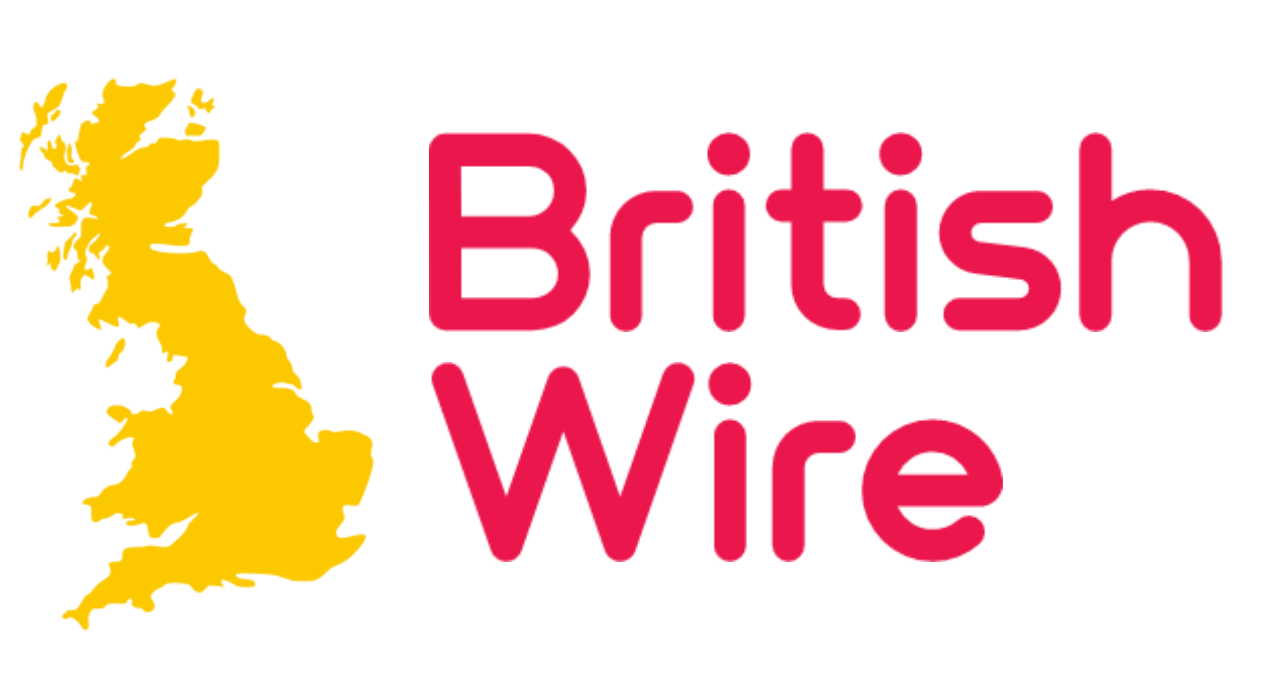In today’s digital age, the security of documents is paramount. Whether you’re signing contracts, legal documents, or simply exchanging important information, ensuring the authenticity and integrity of these documents is crucial. This is where digital signatures come into play. Let’s dive into the world of digital signatures, understand what they are, how they work, and why they are essential for protecting your documents.

What is a Digital Signature?
A digital signature is a cryptographic technique used to validate the authenticity and integrity of a digital message or document. It is the digital equivalent of a handwritten signature or a stamped seal, but it offers far more inherent security. Unlike electronic signatures, which can be as simple as a scanned image of a handwritten signature, digital signatures involve a more complex process that ensures the document has not been altered.
Why Use Digital Signatures?
Benefits of Digital Signatures
- Security: Digital signatures use encryption to secure the document, ensuring it hasn’t been tampered with.
- Authenticity: They verify the signer’s identity, providing proof of who signed the document.
- Efficiency: They streamline the signing process, making it faster and easier to sign documents electronically.
- Cost-Effective: Reduces the need for paper, printing, and postage costs.
- Environmental Impact: Supports green initiatives by reducing paper usage.
Legal Aspects Digital signatures are legally binding in many countries, including the United States, the European Union, and many others. Laws such as the eIDAS Regulation in the EU and the ESIGN Act in the US provide the framework for the legal recognition of digital signatures.
How Digital Signatures Work
Digital signatures rely on cryptographic principles. When you sign a document digitally, a unique digital fingerprint (hash) of the document is created. This hash is then encrypted using your private key, creating the digital signature. The recipient can use your public key to decrypt the signature and compare the hash to ensure the document hasn’t been altered.

Creating a Digital Signature
Choosing the Right Software There are several software options available for creating digital signatures. Popular choices include Adobe Acrobat, DocuSign, and HelloSign. Choose one that fits your needs and budget.
Step-by-Step Guide
- Select Your Software: Download and install your chosen digital signature software.
- Create an Account: Set up your profile with the necessary details.
- Generate Your Keys: The software will create a public and private key pair.
- Upload Your Document: Select the document you want to sign.
- Sign the Document: Use your private key to create the digital signature.
- Save and Share: Save the signed document and share it with the intended recipient.
Using Digital Signatures
Signing Documents To sign a document, simply open it in your digital signature software, apply your signature, and save the document. The process is quick and straightforward.
Verifying Signatures Recipients can verify the signature by opening the document in compatible software and using the public key to check the integrity and authenticity of the document.
Digital Signature Formats
PDF PDF is one of the most common formats for digital signatures due to its widespread use and support for embedded signatures.
PNG, JPG Image formats like PNG and JPG can also support digital signatures, though they are less common for official documents.
DOCX Microsoft Word documents (DOCX) can be signed digitally, making it easy to handle contracts and other legal documents electronically.
Ensuring the Security of Your Digital Signature
Best Practices
- Keep Your Private Key Secure: Never share your private key with anyone.
- Use Strong Passwords: Protect your digital signature software with a strong, unique password.
- Regular Updates: Keep your software up-to-date to protect against vulnerabilities.
Common Pitfalls to Avoid
- Sharing Credentials: Avoid sharing your digital signature credentials.
- Insecure Devices: Use secure devices to sign documents to prevent unauthorized access.
Legal Considerations
Jurisdictional Differences Different countries have varying laws regarding digital signatures. Ensure you understand the legal requirements in your jurisdiction.
Compliance Requirements Some industries have specific compliance requirements for digital signatures. Make sure your usage meets these standards.
Case Studies
Real-World Examples Many organizations have successfully implemented digital signatures. For example, a global consulting firm reduced document turnaround time by 50% using digital signatures.
Success Stories A small business owner saved thousands of dollars in printing and postage costs by switching to digital signatures.
Tools for Digital Signatures
Popular Software Options
- Adobe Acrobat: Known for its robust features and security.
- DocuSign: Popular for its ease of use and integration capabilities.
- HelloSign: Offers a user-friendly interface and affordability.
Features Comparison Evaluate features such as security, user interface, integrations, and cost to choose the best tool for your needs.
Integrating Digital Signatures into Your Workflow
Streamlining Processes Integrate digital signatures into your document management system to streamline your workflow.
Tips for Smooth Implementation
- Training: Provide training for your team on how to use digital signatures.
- Support: Ensure you have access to customer support for troubleshooting.
Troubleshooting Common Issues
Common Problems and Solutions
- Verification Errors: Ensure the recipient has the correct public key.
- Software Issues: Update your software to the latest version.
Where to Get Help Consult the support section of your digital signature software provider for assistance.
Future of Digital Signatures
Emerging Trends Technological advancements are continually improving the security and usability of digital signatures.
Innovations on the Horizon Expect to see integration with biometric authentication and blockchain technology to further enhance security.
Conclusion
Digital signatures are an essential tool for protecting your documents in the digital age. They offer security, authenticity, and efficiency, making them a valuable addition to any workflow. By understanding how to create, use, and maintain digital signatures, you can ensure your documents remain secure and legally compliant.
FAQs
What is the difference between a digital signature and an electronic signature? Digital signatures use cryptographic methods to ensure document integrity and authenticity, while electronic signatures can be any form of electronic consent.
Are digital signatures legally binding? Yes, digital signatures are legally binding in many jurisdictions, provided they meet certain legal requirements.
How can I ensure the security of my digital signature? Keep your private key secure, use strong passwords, and regularly update your software.
What if someone forges my digital signature? Digital signatures are difficult to forge due to their cryptographic nature. If forgery occurs, it can be identified through verification processes.
Can digital signatures be used internationally? Yes, digital signatures are recognized internationally, but it’s important to understand the specific legal requirements in different countries.

















